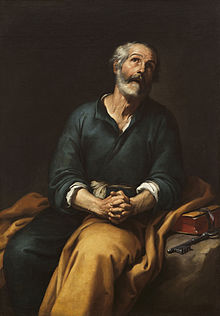1 Peter 3:8-22: Salvific Suffering – Part V
Sunday, May 12, 2024
How are we baptized in Christ’s love?
The rite of Baptism signifies our immersion into Christ’s death so that we might rise again with him. Peter writes that this baptism is not a removal of dirt from the body but an appeal to God for a clear conscience, through the resurrection of Jesus Christ, who has gone into heaven and is at the right hand of God, with angels, authorities, and powers subject to God.
As we reflect on salvific suffering, we come to understand that suffering with and through and in Christ is not a punishment; rather, it is a gift to be lived out, a gift undergone not alone but with Christ – who accompanies us on every step of our daily journey toward him. In this light, we can share joyfully with Peter when he writes: Always be ready to give an explanation to anyone who asks you for a reason for your hope, but do it with gentleness and reverence, keeping your conscience clear, so that, when you are maligned, those who defame your good conduct in Christ may themselves be put to shame. For it is better to suffer for doing good, if that be the will of God, than for doing evil.
Always be ready to give an explanation of your joy, always reply to your accusers with gentleness and a clear conscience, for it is better to suffer for doing good than to do evil.
Be joyfully filled with hope . . . for you suffer not alone . . .
Take up your personal cross and follow . . .
For by doing so . . . you add your little particle of redemption . . .
To the redemption of the world . . .
There can be no greater calling . . . no greater work . . .
No greater God than our God . . .
Who is an awesome God . . .
Who cradles us each day and all through the night . . .
And shares this gift of treasure with us . . .
Watching . . . waiting . . . smiling . . . abiding . . .
Calling us constantly home.
Amen.
Baptism is defined in the Catechism of the Catholic Church, paragraph 1214 at: http://www.vatican.va/archive/ccc_css/archive/catechism/p2s2c1a1.htm
Adapted from a Favorite written in November 10, 2007.
Image from: https://www.amazon.com/Designart-PT6753-30-40-Splashes-Digital-Art/dp/B01EYVKOLA












